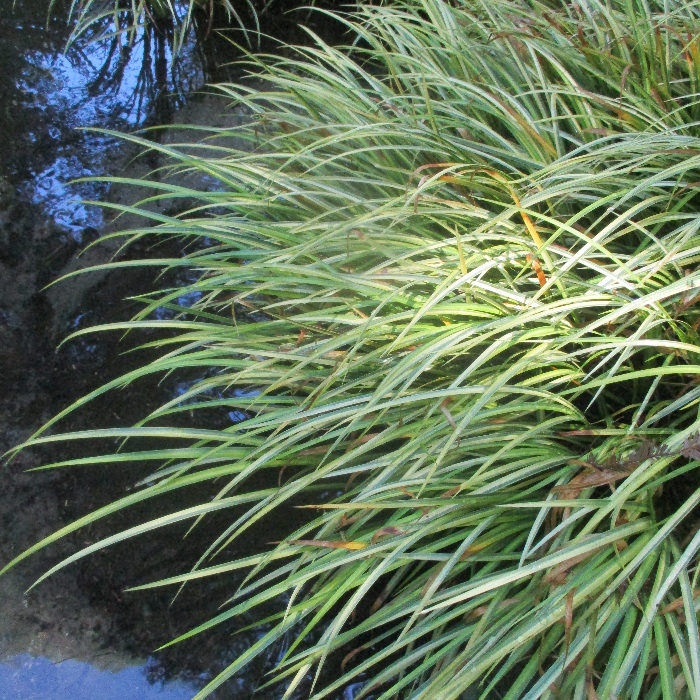UNITED STATES—Saturation of the soil should be a rare problem within the local chaparral climates. Water is a limited resource. That is why plants that are not native or endemic to other chaparral or desert climates rely on supplemental irrigation. Many exotic species would not survive through the locally long and dry summers without it. Water is only sufficient during winter.
The unfortunate reality is that soil saturation is among the more common problems within landscapes that rely on gardeners. Although most gardeners are proficient with irrigation, some are not. They would prefer to irrigate too generously than risk desiccation. They do not assume the expense of the water, or of the plant material that succumbs to saturation.
Although significantly less common within home gardens that do not rely on professional gardeners, soil saturation is possible. It occasionally happens within pots or planters that lack adequate drainage, or if the drainage becomes clogged. Saucers that contain water that would otherwise damage decking or flooring might inhibit drainage if constantly full.
Saturation inhibits root dispersion.
Besides within pots and planters, saturation is more likely within dense garden soil than within coarser soil. Downspouts could saturate surrounding soil through the rainy winter season. Leaky plumbing might do the same at any time, even if it is merely irrigation pipe that leaks only while operating. Of course, excessive irrigation produces most saturation.
Saturation deprives soil or medium of aeration. Roots avoid soil or medium that lacks adequate aeration. Trees and large shrubbery therefore disperse most of their roots near the surface of saturated soil. Such shallow root dispersion limits stability. The expansion of such shallow roots displaces and fractures pavement and curbs, and heaves lawn turf.
Excessive irrigation causes soil saturation during summer. Excessive frequency is more likely to cause saturation than excessive volumes of water. Unfortunately, it is impossible to prescribe appropriate irrigation schedules and application rates. Climate, soil type and plant material are all relevant considerations. Moisture requirements change seasonally, and from year to year, as plants mature.
Highlight: Sweet Flag
If unpaved drainage ditches and collection ponds were more common locally, sweet flag, Acorus gramineus, might be also. It can provide a nicely neat border for such waterways, where the ground is too steep and damp for mowing. It can migrate into muddy situations and even into shallow water. Its dense network of fibrosus rhizomes helps to retain mud.
‘Variegatus’, with elegantly elongated and variegated leaves, is the most popular cultivar locally. It is rare in nurseries, but occasionally shared by friends and neighbors who grow it. Propagation by division is very easy. Single shoots or clumps of shoots grow if merely plugged into damp soil or mud. ‘Pusillus’ lacks variegation and develops stouter leaves.
Sweet flag aggressively excludes other herbaceous vegetation, but does not migrate too rapidly. Plucking shoots and plugging them elsewhere accelerates migration. The dense foliage might get a foot deep. Individual leaves are very narrow, like grass. The mundane bloom is easy to ignore and is uncommon where the soil is not often saturated or muddy.
Tony Tomeo can be contacted at tonytomeo.com.






